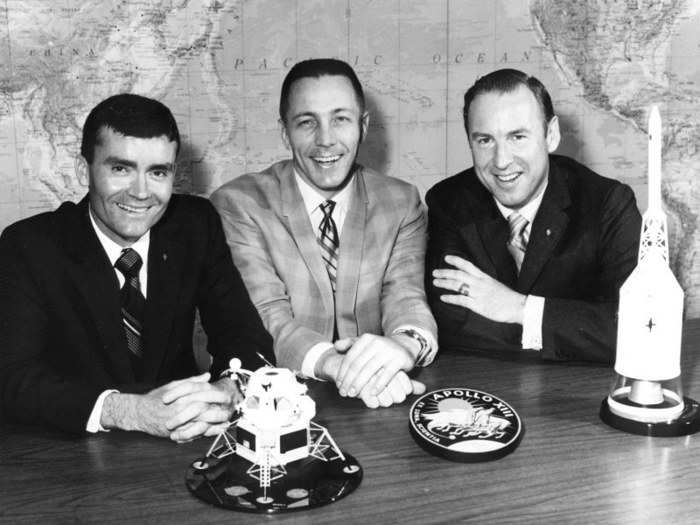The 10 Best Replacements For Earth
10. Kepler-69c

9. Gliese-581d
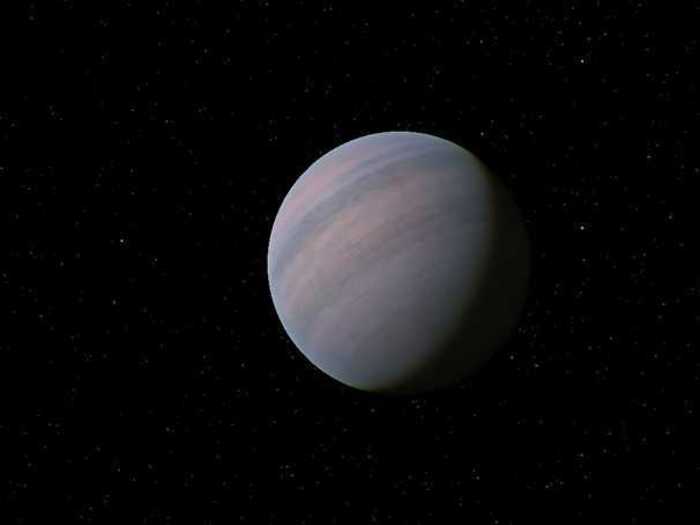
Gliese-581d is one of five planets to be discovered orbiting red dwarf star Gliese 581. It is bigger than 581g, with a mass at least seven times Earth's and twice as big in size.
The planet orbits on the outer edge of the habitable zone and could be warm enough to support clouds, oceans, and rain.
8. HD-40307 g
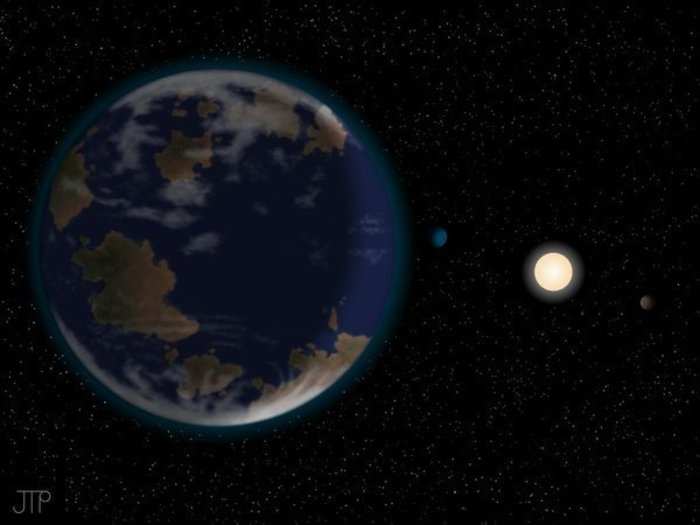
HD 40307 g is one of six planets to orbit around a star called HD 40307, which is 42 light-years away from Earth.
Although the planet is at least seven times the mass of Earth, scientists believe it could have an Earth-like climate because it orbits its parent star at a distance that is similar to Earth around our sun.
The planet is far enough away from HD 40307 that it is not tidally locked, meaning it rotates on an axis and does not always show the same face to its star and each hemisphere has a proper daytime and nighttime.
7. Gliese-163c
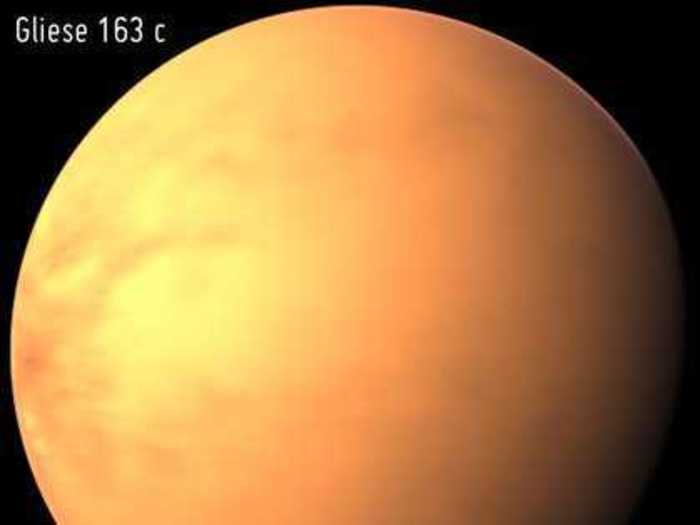
In September 2012, an international team of astronomers, using the European Southern Observatory's telescope in Chile, discovered Gliese-163c orbiting the star Gliese 163 about 50 light-years from Earth.
Gliese-163c is about seven times the mass of Earth and takes just 26 days to orbit its host star.
6. Kepler-62f
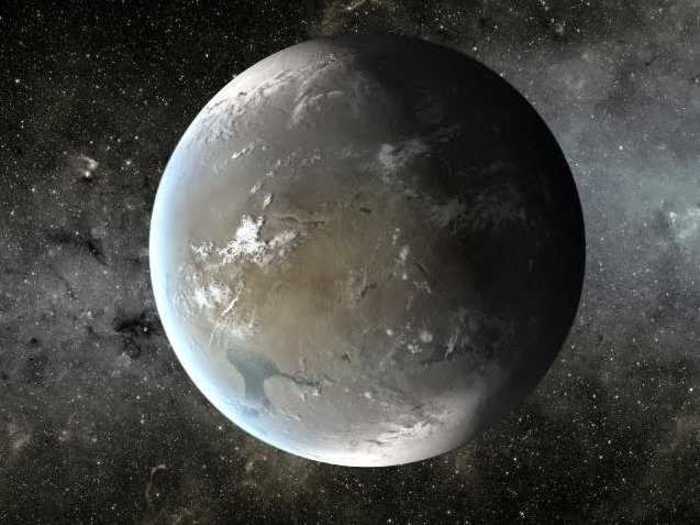
Kepler-62f is the second potentially habitable planet found orbiting the sun-like Kepler 62, discovered April 18.
The planet is smaller than Kepler-62e at 1.41 times the radius of our planet, making it the most Earth-like planet in size to be found in a habitable zone yet.
Scientists think Kepler-62f could be rocky based on observations of exoplanets that are similar in size.
5. Tau Ceti e
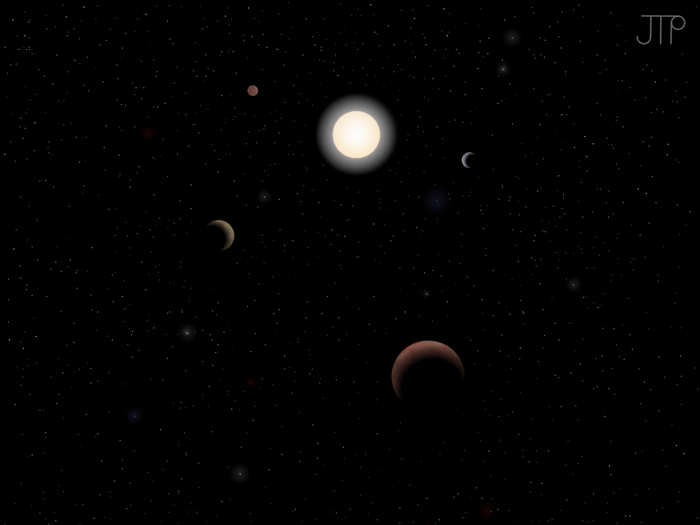
Tau Ceti e is one of five planets to circle Tau Ceti, which at a distance of 12 light-years, is the closest sun-like star to Earth.
4. Kepler-22b
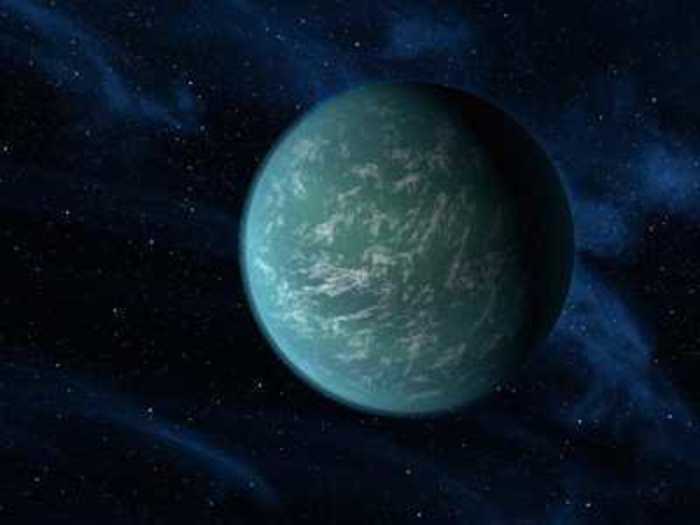
Until the discovery of Kepler-62f, Kepler-22b was the smallest planet, at 2.4 times the radius of Earth, to orbit a star like our sun within a region where liquid water could exist on the surface.
Although Kepler-22b is 600 light-years away and about twice as big as our own planet, its 290-day orbital period makes the conditions on the planet similar to those on Earth. Its host star is in the same class our sun, but slightly smaller and cooler.
It is not clear if Kepler-22b is gaseous, rocky, or liquid, although an artist's interpretation shows clouds in its atmosphere.
3. Gliese-667C c
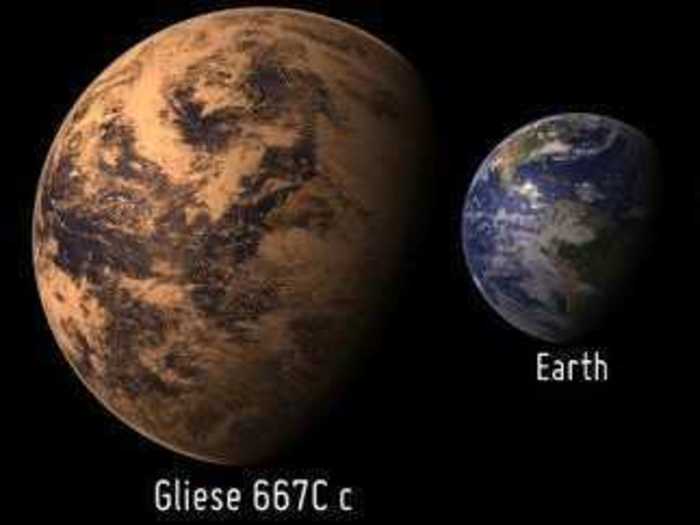
Gliese-667C c, discovered in February 2012, is about 4.5 times the mass of Earth.
The Super-Earth is found 22 light-years away circling a red dwarf star called Gliese-66C at a distance that is closer than Mercury is to our sun.
It is still possible that Gliese-667C c could have Earth-like temperatures, however, since its parents star is dimmer than our own sun, which reduces the amount of radiation hitting the planet.
2. Gliese-581g
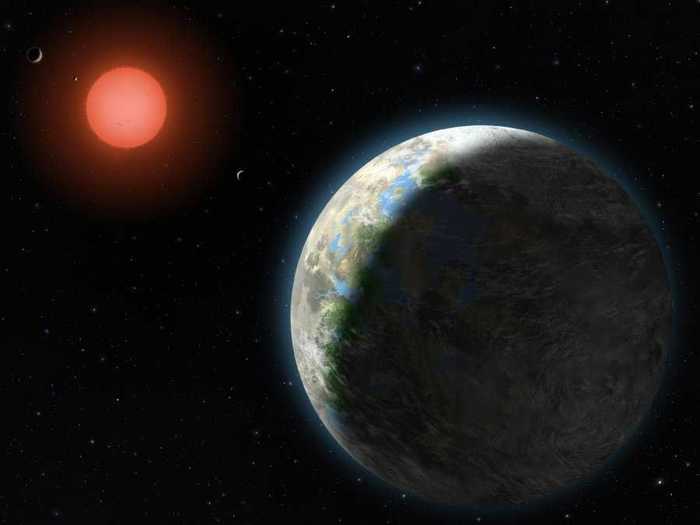
Gliese 581g was the first potentially habitable exoplanet discovered by astronomers in September 2010. The distant orb circles a red dwarf star called Gliese 581 that is located about 20 light-years away from Earth.
Gilese 581g, which exists in a five-planet system, is about three times as massive as our planet and is probably rocky, rather than made of gas.
The planet always shows the same face toward its host star as it whips around once every 37 days. This means it is always light in one hemisphere and constantly dark in the other, so that living along the "light-dark" boarder would be the most comfortable location to set up house.
1. Kepler-62e
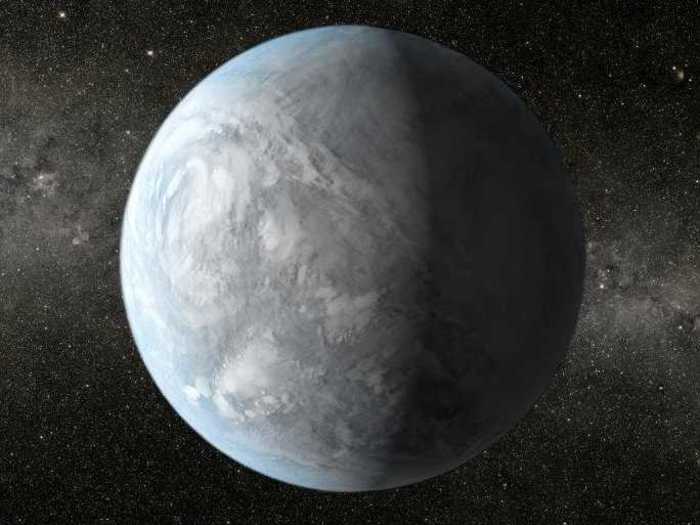
Kepler-62e is one of the latest additions to the habitable exoplanet catalog, added April 18.
The planet is 1.61 times the radius of Earth, although astronomers do not yet know its mass or what it is made of. It could be rocky like Mars or a waterworld. Researchers should be able to discover more about the planet by studying the light that bounces off of it.
To visit our potential new home, space enthusiasts will have to travel 1,200 light-years from Earth, where the planet can be found whirling around a sun-like star called Kepler 62, which is slightly smaller and cooler than our sun.
Popular Right Now
Popular Keywords
Advertisement
